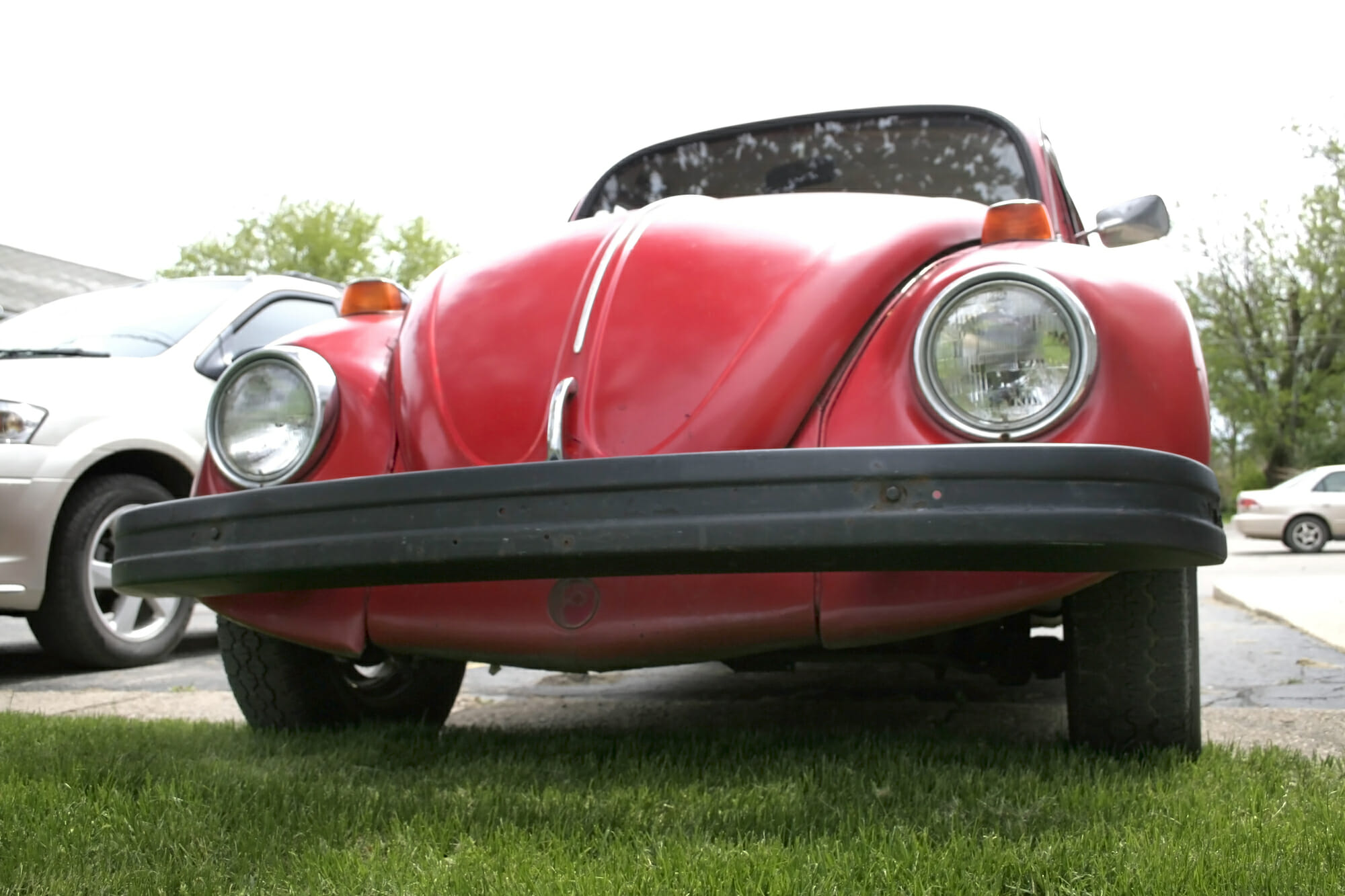
Were your friends at the local classic car show talking up how they loved the old air-cooled engine in their Volkswagen? What made that small power plant so popular when it was new, and even now among wrench heads?
What are the specs on the VW air-cooled engine?
The most common air-cooled engine found in the classic VW Beetle is the 1600cc motor. It has an 85.5mm bore and 69mm stroke. It turns out 60 horsepower, which is all you need to run around town. The stock motor was never intended for performance applications.
That may not sound that impressive when you look at just the numbers. However, you really get a feel for the VW air-cooled engine’s impact on the automotive industry when you check out its history.
The History of the VW Air-Cooled Engine
When the Volkswagen was first conceived before World War II, it was intended as a car for the people. This meant that the engine must be air-cooled because many regular folks could not afford a heated garage that would protect a water-cooled engine.
It had a relatively simple design and parts were made accessible so you could keep your family car running without paying for a mechanic. The first VW air-cooled engine was just 1.0L and turned out 25 horsepower in 1938.
The most common VW air-cooled engine found in many classic Beetles today is the 1600cc version, which appeared from 1966 to 1971 on the Beetle, Karmann Ghia, and in the Type 2 and Type 3 in the European market.
It is a boxer four-cylinder, meaning that the cylinders are positioned horizontally from each other. This minimized the footprint of the engine so it would fit into the small rear engine compartment on the VW Bug.
The last VW Beetle that included an air-cooled engine rolled off the line in 1974. The air-cooled engine played a significant part in aviation, too. Over 6000 were manufactured for use in light planes during the ’70s.
Once again, its simple design and dependability made it a favorite for aviation enthusiasts who liked to maintain their own planes. The compact engine was also offered up for industrial applications beginning in the 1950s.
What Cars Run the VW Air-Cooled Engine?
Every Volkswagen Beetle produced prior to 1975 included an air-cooled engine. It also appeared in the early VW Transporter Bus, the Type 2, Type 3, and Type 4. In America, it also appeared on the VW Karmann Ghia and the 1950s Volkswagen Bus. The 1600cc version was used in South American markets on the VW Puma until 1989.
Are the VW and Porsche Air-Cooled Engines Similar?
Yes and No. Both VW and Porsche produced boxer-style air-cooled engines for their 1970s rear-engine cars. The difference lies in the size and performance of the motors. The VW engine is all about giving you just enough power to get around. The earliest Porsche 911 engine pumped out 145 hp, nearly three times compared to the VW version. That said, you can fit the Porsche 914 engine into the VW engine bay with a little persuasion and creativity.
There was also a Type 4 motor made for the European market that was used in both Porsche and VW vehicles. It appeared in the VW Vanagon in the US between 1980 and 1983.
How Much Muscle Does the VW Air-Cooled Engine Produce?
The first VW air-cooled engine made in Germany in 1938 had just 25 horsepower. The popular 1600cc motor delivered 60 hp. The later Type 4 produced as much as 95 hp.
Is the Classic VW Air-Cooled Engine Dependable?
Sometimes dependability comes in different versions. The classic VW Beetle engine was not entirely known for running for years and years without a problem. But it is easily repaired. Devoted owners often drove with a small toolbox under the hood so they could make adjustments while on the road.
With care, yes, it is very dependable.
Which is the Best VW Air-Cooled Engine?
The most dependable air-cooled engine in the VW Beetle was the 1500cc motor.
How Fast Will My 1600cc VW Engine Go?
The 1968 VW Beetle had a top speed of approximately 60 mph.
Why Did the Air-Cooled Engine Stop Production?
Demand for more amenities inside every vehicle truly heralded the end of the air-cooled engine in mass-market vehicles in the late ’70s.
Water-cooled engines are able to produce more horsepower, which in turn allows for more extras like air conditioning and power windows to be added to the vehicle. Also, the use of modern anti-freeze meant that cars parked outside in the winter would not freeze up.
Learn More about That Classic VW Bug Before You Buy
While most classic cars will not have their maintenance records available through a history check, you can still learn a lot about that vintage ride at VehicleHistory.com. Read up on automotive trends, safety, reliability, and the features found on that make and model before you take it out for a test drive. We are always just a click away on your smartphone or tablet.
